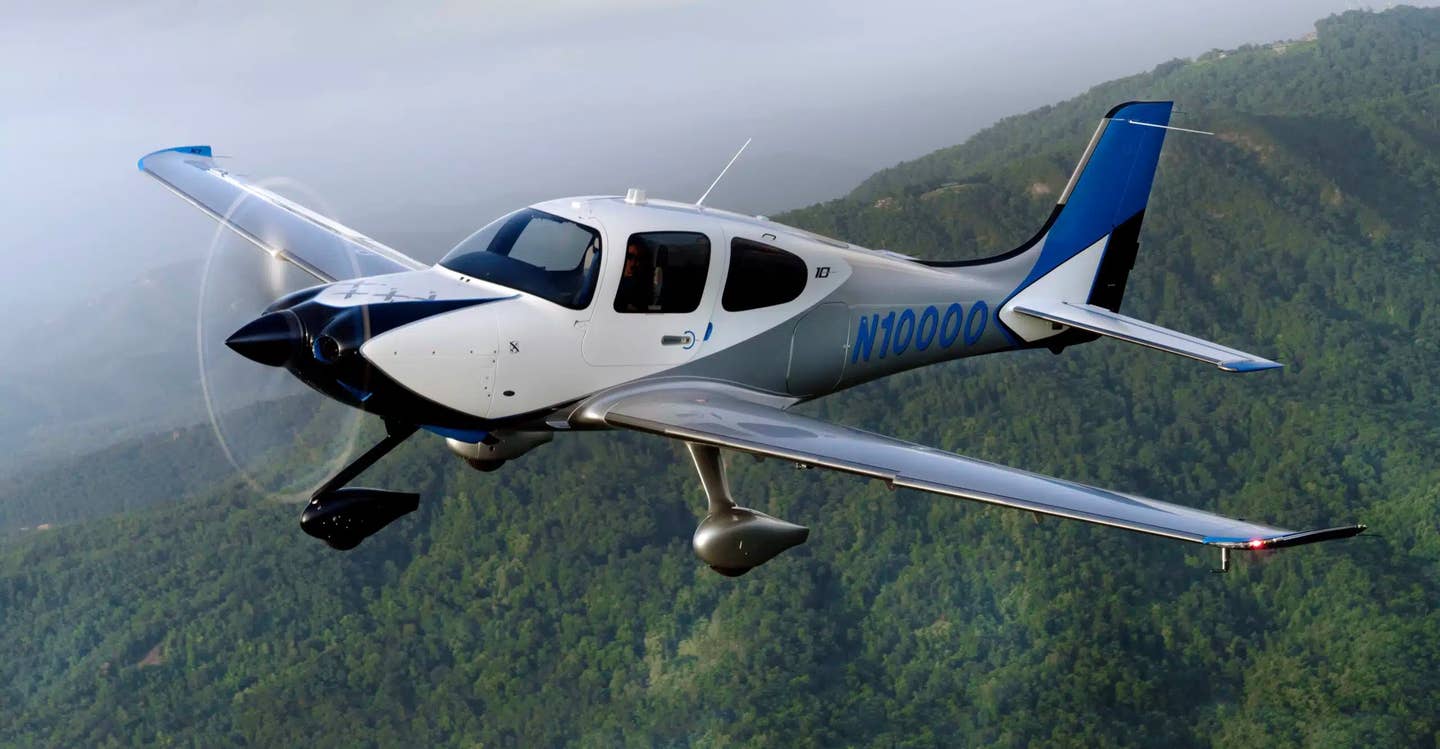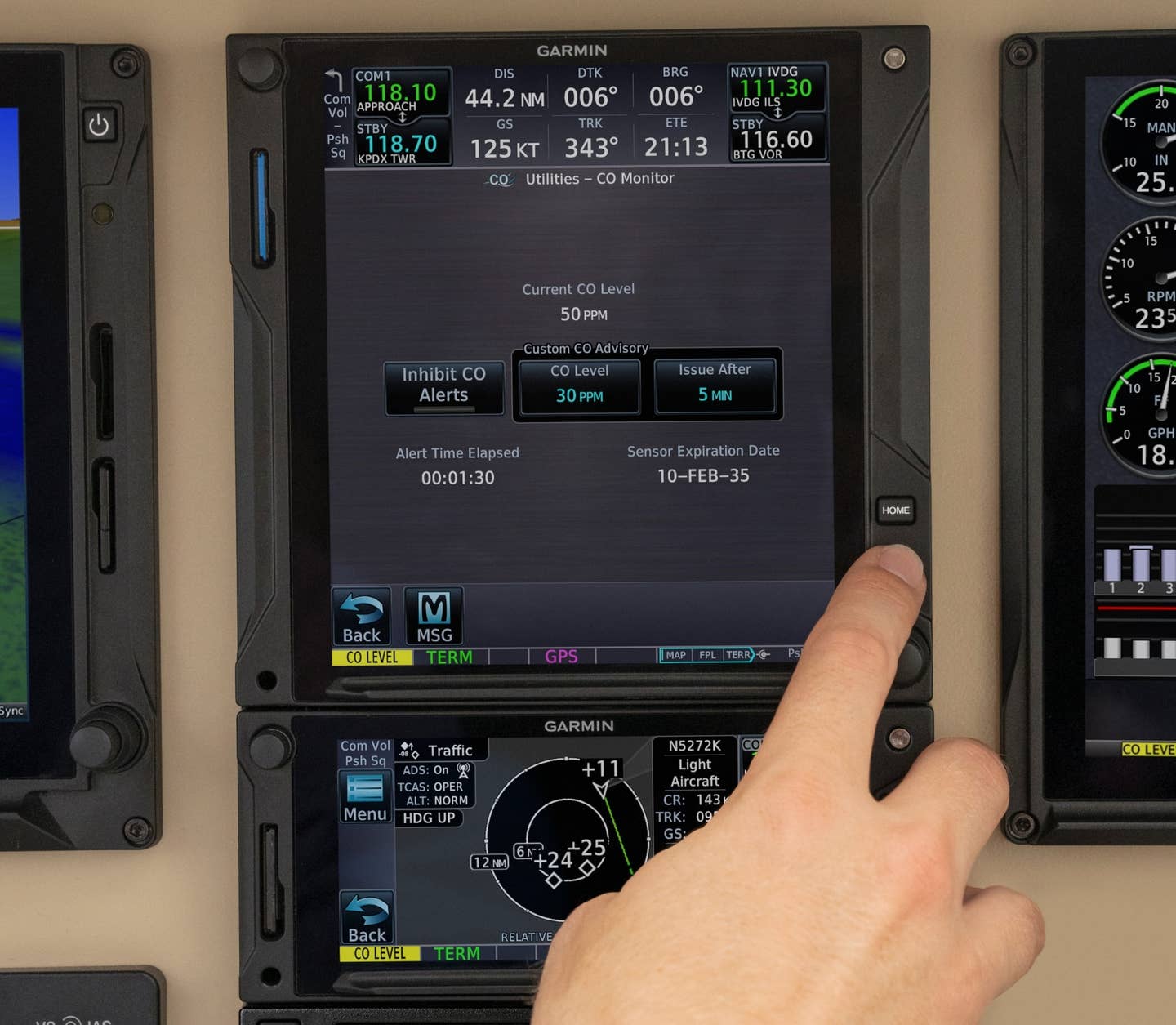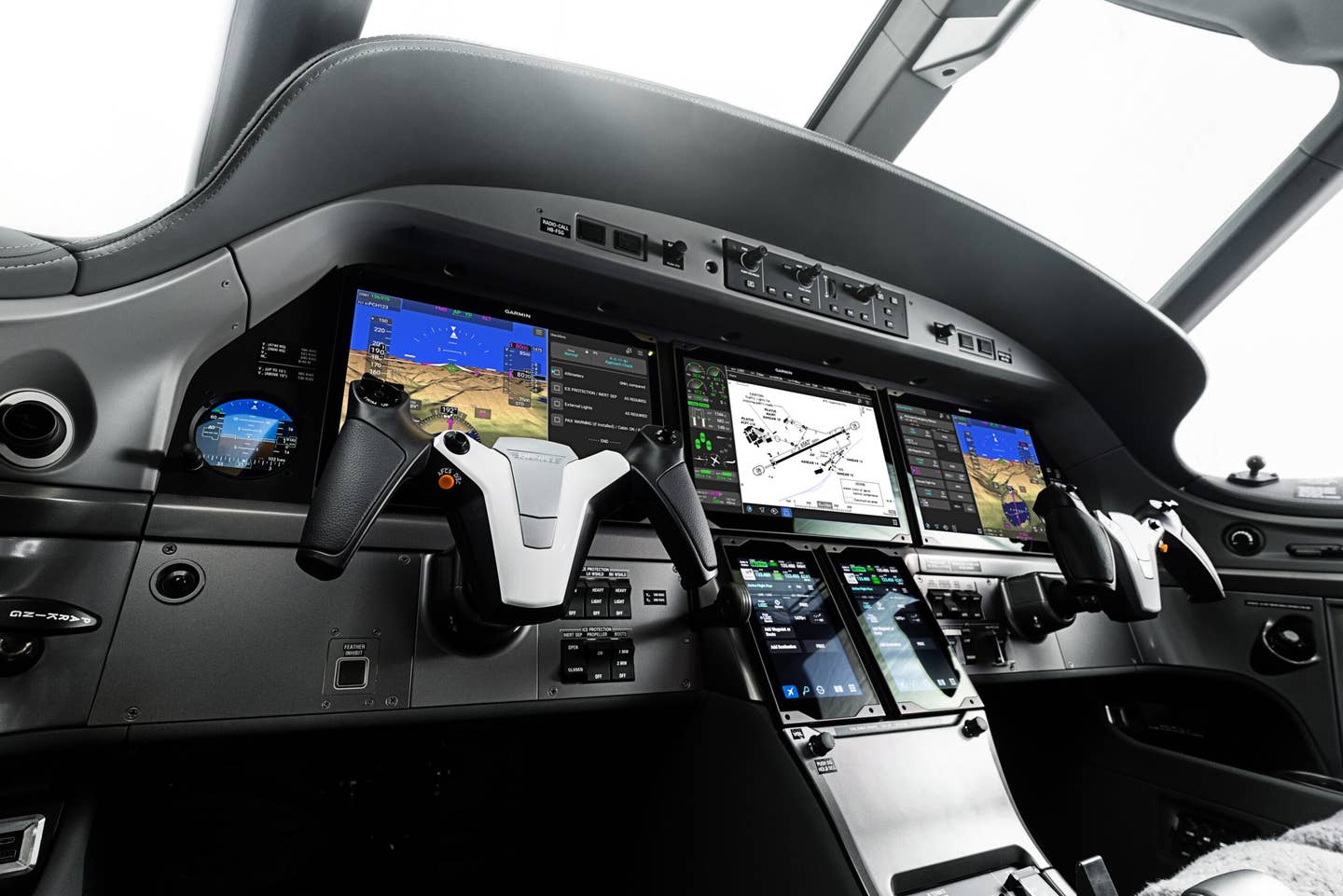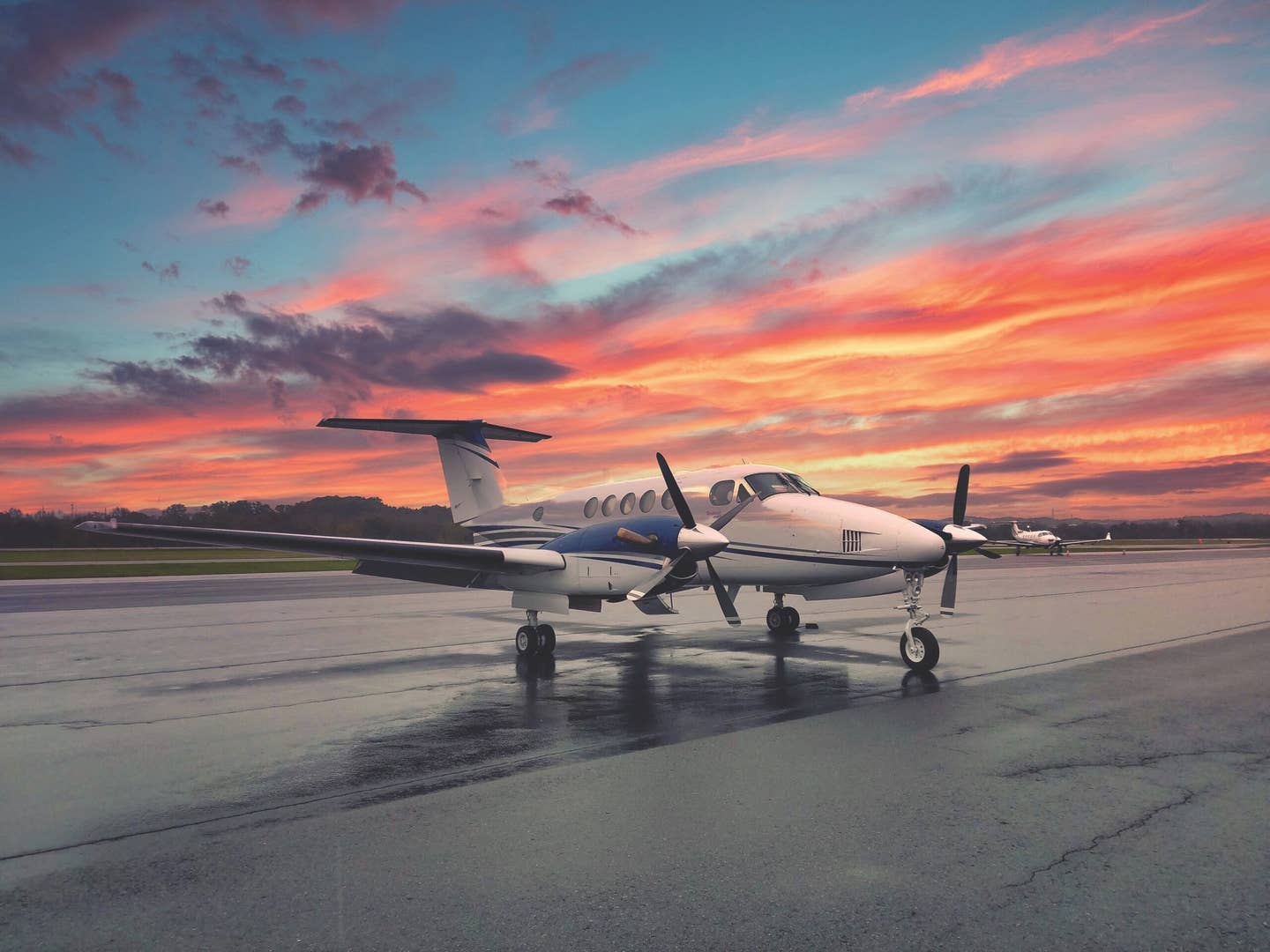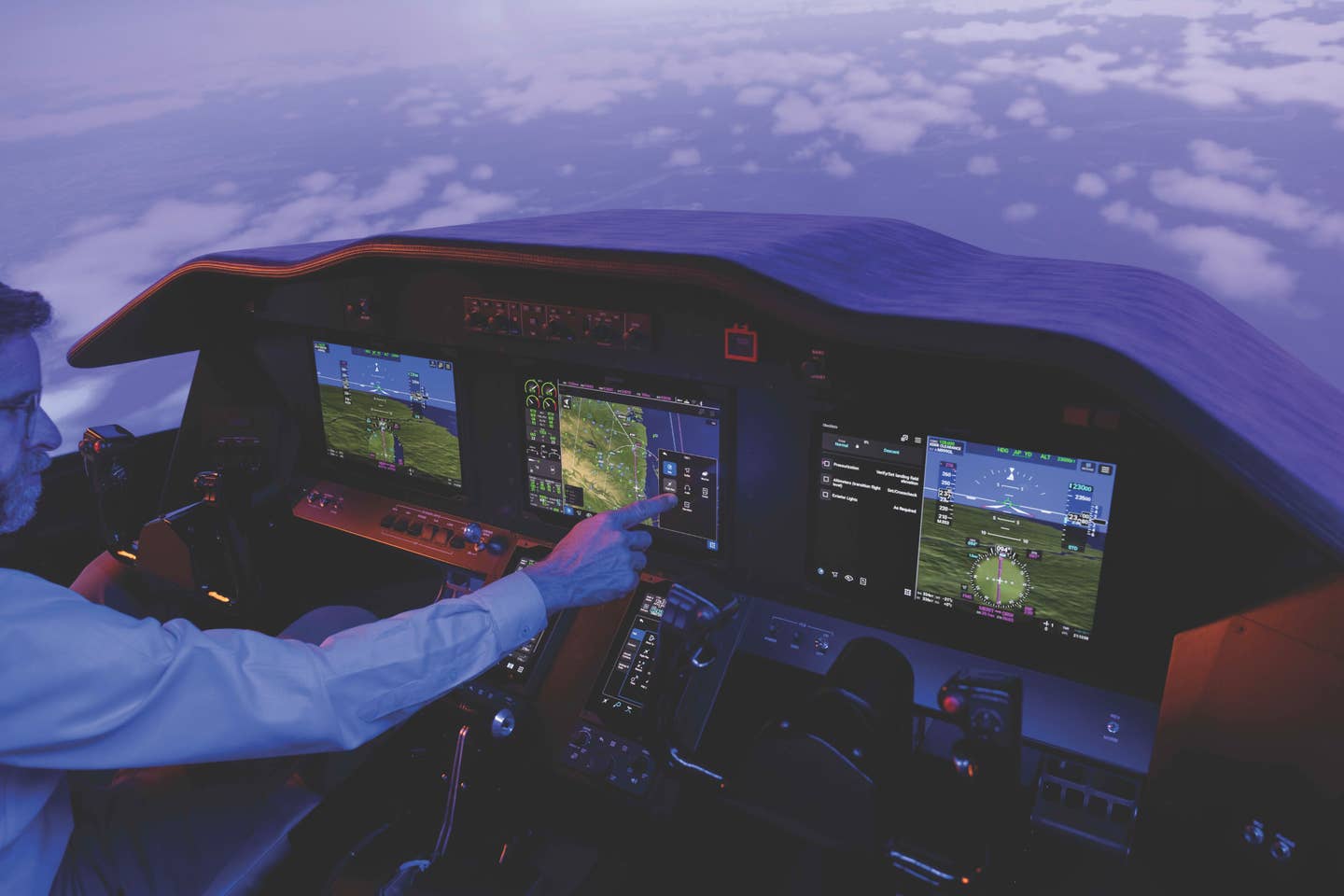
On July 25, 2000, Air France Flight 4590 begins a takeoff roll from Runway 26R at Charles De Gaulle Airport in Paris. The airplane is a Concorde, en route to the John F. Kennedy International Airport. It is operating as a charter flight with passengers that will board a cruise ship in New York.
Barely a minute into the takeoff, the tower controller advises the flight, "You have flames behind you." The crew acknowledges the report. Fifteen seconds later, an unconfirmed voice on tower frequency states, "It's really burning and I'm not sure it's coming from the engines."
Cockpit gauges indicate that the No. 2 engine on the left side of the airplane has suffered a serious loss of power while the No. 1 engine on the same side is surging with its own power issues. Despite efforts from the captain, the Concorde deviates to the left of the runway centerline.
Unable to abort, and in an effort to prevent an excursion off the pavement, the captain pulls back on the control yoke at 183 knots, 16 knots below calculated rotation speed. The airplane becomes airborne and is unable to maintain a speed that will allow its climb to a safe altitude.
The controller advises Air France Flight 4590 that it has priority to return. Approximately 30 seconds later, the crew announces, "We're trying for Le Bourget." Le Bourget Airport is the site of the Paris Air Show and Charles Lindbergh's trans-Atlantic arrival in 1927.
A fire warning from the No. 2 engine activates. The captain calls for the appropriate checklist, and the flight engineer responds by shutting down the engine and firing the extinguishing bottle. Adding to the seriousness of the problem, the gear will not retract as a result of the fire engulfing the left underbelly of the wing. Either the fire has destroyed the electrical activation of the landing gear or the gear door sequencing fault protection is preventing retraction.
Asymmetric thrust and a high angle of attack are causing the airplane to bank sharply to the left. The crew attempts to correct the problem by reducing thrust on the Nos. 3 and 4 engines located on the right side of the airplane. The high angle of attack is unsustainable. The supersonic transport (SST) enters an aerodynamic stall.
Only 5.9 miles after departure and three minutes after the commencement of the departure roll, the Concorde impacts the ground. One hundred passengers, nine crew members and four people on the ground perish in the fiery crash. What happened?
It's a simple answer. A piece of FOD (foreign object damage) 16 inches long and a little over an inch wide pierced a tire on the left main landing gear truck as the Concorde progressed past its V1 speed of 150 knots. Fragments of the tread penetrated a fuel tank on the same side. A source of ignition from either the electrical wiring within the damaged gear well or combustion from the No. 2 engine caused a fire to erupt. Pieces of debris entering the No. 1 engine and back flow from the fire caused it to surge as well.
The investigation concluded that, even if the engines had remained operating, the outcome most likely would have been catastrophic. A high-speed abort would have departed the runway end, with survivability unlikely.
The FOD was tracked to a protective portion of the fan reverser sleeve on the No. 3 engine of a Continental Airlines DC-10 that had departed five minutes earlier. A lack of quality control for the repair on the fan reverser was attributed to it dislodging from the engine.
The BEA (France's accident investigation board) terminated Concorde's airworthiness certification as a result of the accident findings. Unfortunately, the recommendations specific to modifying various aspects of Concorde's design as a preventive measure were not cost effective for an aging airplane that wasn't profitable anyway. The world lost a prestigious and legendary piece of aviation history.
In this circumstance, however, tragedy inspired innovation. Six engineers, veterans of the Israeli air force, asked the question: "Why do airports have to accept FOD as the cost of doing business?" They don't. Managing potentially hazardous debris is controllable. Combining their collective skills and experience, the six men devised a technology that automatically detects runway FOD. In addition, other runway hazards can be managed through the same installation. Enter Xsight Systems (xsightsys.com).
The clever aspect to the technology is that the installation does not require a change to the airport's existing runway infrastructure. Why not? The system is co-located with the runway edge lights. The mounting platform, supplied by Xsight, is redesigned to accommodate both the edge lights and the FODetect sensors. Electrical power is already available.
The sensors use radar technology similar to that of the backup alarms available in Mom's minivan. At night, once the sensor or sensors detect a piece of debris, a laser is activated to physically locate the object.
When FOD is detected, an aural and visual alarm is activated on a remote display screen that monitors the sensors. The display screen is located in the airport operations area, assigned usually to one individual who has direct communication with the appropriate authorities.
If the alarm activates, the operator is given an immediate image of the FOD. Each unit co-located with the runway edge lights offers live video, providing the operator an adjustable view to examine the FOD. At night, NIR (near infrared) technology is utilized. In addition, the exact location and size of the object is also available. If the FOD is deemed a potential threat, an airport vehicle is dispatched to retrieve the offending debris.
As a side benefit, the CCTV-type video imaging is useful for security purposes and runway activity monitoring. As an example, live video can aid ARFF (aircraft rescue and firefighting) crews responding to an emergency. Because FODetect is an automated, computer-based system, everything can be documented and archived for future reference.
Arik Fux, Xsight's vice president of U.S. operations, introduced me to the system at Boston Logan International Airport, where it is deployed on Runways 9/27. A total of 68 sensors are operating at any one time, providing continuous monitoring of the runway surface. Whereas a vehicle inspection using human eyes conducted a FOD search only three times a day with great difficulty at peak usage, the inspection now occurs at least once a minute. A vehicle is employed only when debris is detected and deemed a hazard.
FODetect is active at Bangkok International Airport, Sea-Tac International Airport and Tel Aviv, and partially at Charles De Gaulle. More installations are being negotiated with various airport authorities. In round numbers, Arik indicated that the average installation cost is approximately $5 million per runway. In the scheme of ever-increasing global airline traffic, it seems like a small price to pay for an additional margin of safety.
An enhancement to the FODetect product, called SnowWize, is designed to accurately measure snow levels in real time. Considering that airline operations require snow depths to determine potential aircraft weight limitations, calculations of takeoff V-speeds and simply go or no-go decisions, this information is vital. Currently, the reported environmental contamination levels can be subjective and untimely, especially during a dynamic snowstorm event.
Another enhancement to FODetect is BirdWize. By combining the use of imaging technology and computer algorithms, bird species can be detected and identified. Confirmation of the bird threat can be viewed via live video. Rather than using a one-size-fits-all approach to scare away the airport pests, an audio sound specific to the species is generated by the BirdWize unit.
This "harassment" method is activated manually so as to leave the potential bird escape path to the discretion of an expert. What works to scare away Canada geese may not work for seagulls (although nothing seems to bother seagulls except for a lack of French fries). Bird detection can be archived and documented to determine habitat trends.
Certainly the Concorde accident in Paris could have been avoided had this innovative FOD detection system been available. Despite the negative economic factors involved in operating the SST, perhaps the world would have retained at least one airplane for posterity's sake. Concorde was a tremendous representation of aviation ingenuity. It is indeed a horrible irony that a small, obscure piece from another aircraft heralded the end of an era.

Sign-up for newsletters & special offers!
Get the latest FLYING stories & special offers delivered directly to your inbox

